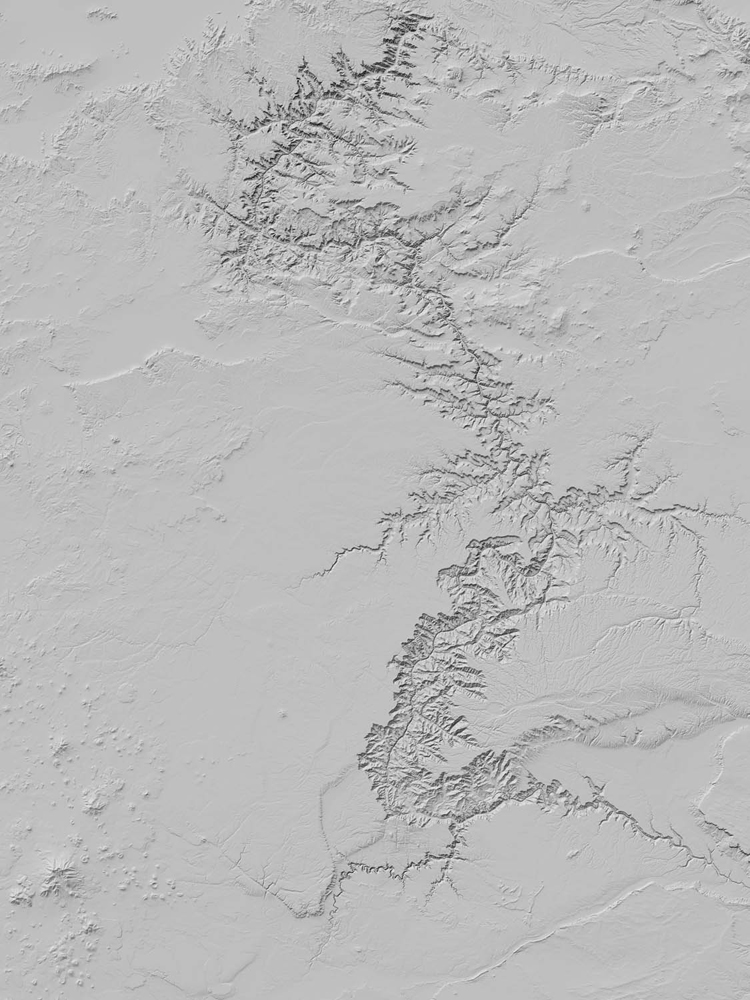
For a century and a half, photographers have been incorporating a wide range of tools and agendas in their efforts to document the landscape of the American West. Among the lensmen who use more unexpected techniques is U.K.-based Dan Holdsworth, whose latest body of work, Transmission, takes data gleaned from radar scans done by the U.S. Geological Survey to create virtual models of American landscapes. By showing storied locations such as the Grand Canyon and Yosemite in a new way, Holdsworth pays tribute to, and advances, the history of the genre.
The rich and ongoing history of landscape photography in the American West had very practically-minded origins. As interest in the region surged throughout the 19th century, enterprising railroad companies and government organizations sent out small armies of scientists, cartographers, illustrators and photographers to sample, survey and record the recently acquired territories. The best of the photographers, like Carleton Watkins and Timothy O’Sullivan, produced work that transcended the scientific genre. Theirs was a vision of an untouched land of sublime grandeur.
Fast-forward a century. Shopping malls and parking lots stretch from Trenton to Tacoma. A group of photographers including Lewis Baltz, Robert Adams and Joe Deal started producing work that would become known as the “New Topographics.” Instead of scrubbing their images of any trace of man, they focused on him. As Baltz once recalled: “I was living in Monterey, a place where the classic photographers — the Westons, Wynn Bullock and Ansel Adams — came for a privileged view of nature. But my daily life very rarely took me to Point Lobos or Yosemite; it took me to shopping centers, and gas stations and all the other unhealthy growth that flourished beside the highway. It was a landscape that no one else had much interest in looking at.” Man had sullied the sublime.
For years, the U.S. Geological Survey has used satellite-borne radar to survey much of the United States, and the amount of data collected is staggering. Gallery shows of Transmission include a stack of over 6,000 sheets of paper containing the XYZ coordinate points necessary to map just over 300 square miles of Yosemite Valley alone. Holdsworth appropriated this data (as well as some from Open Topography), and with the help of a university geologist, created computer models of the land. He used a software program to remove everything but the basic contours of the earth and the occasional trace of a road or building. (In a way other photographers may envy, Holdsworth was even able to alter the direction of the virtual sunlight, thus controlling the time of “day.”) After he created these 3D worlds, he was able to navigate them at will—peering over the edge of a volcano, or down the corridors of canyons.
From the millions of square miles of mapped territory, Holdsworth carefully chose five locations—the Grand Canyon, Yosemite, Mount St. Helens, Mount Shasta and Salt Lake City, Utah—for his series. The first four were among the places the early photographers of the Romantic Sublime made their awesome, unpeopled images. And it was near the last one, Salt Lake City, Utah, where Lewis Baltz made his seminal New Topographics project on suburban sprawl. Holdsworth thus references the history of the medium but, with his new method, moves the ball forward. As Emma Lewis writes in her essay on the work, “Looking at the world as though from space, Transmission evokes a sense of capturing something that has never been seen before; something especially powerful as these landscapes have been so visually reproduced throughout history as to become embedded in the popular conscience.” But they do not merely look new; in their method, they evoke our current era of potentially terrifying technology such as the Gorgon Stare, the U.S. government drone camera whose eyes are said to be able to devour whole cities at a time. Ultimately, as Lewis writes, Holdsworth is arguing that, “the exaltation of discovery can still exist because the man-made and the sublime are not mutually exclusive.”
Dan Holdsworth is a British photographer based in London.
Myles Little is an associate photo editor at TIME.
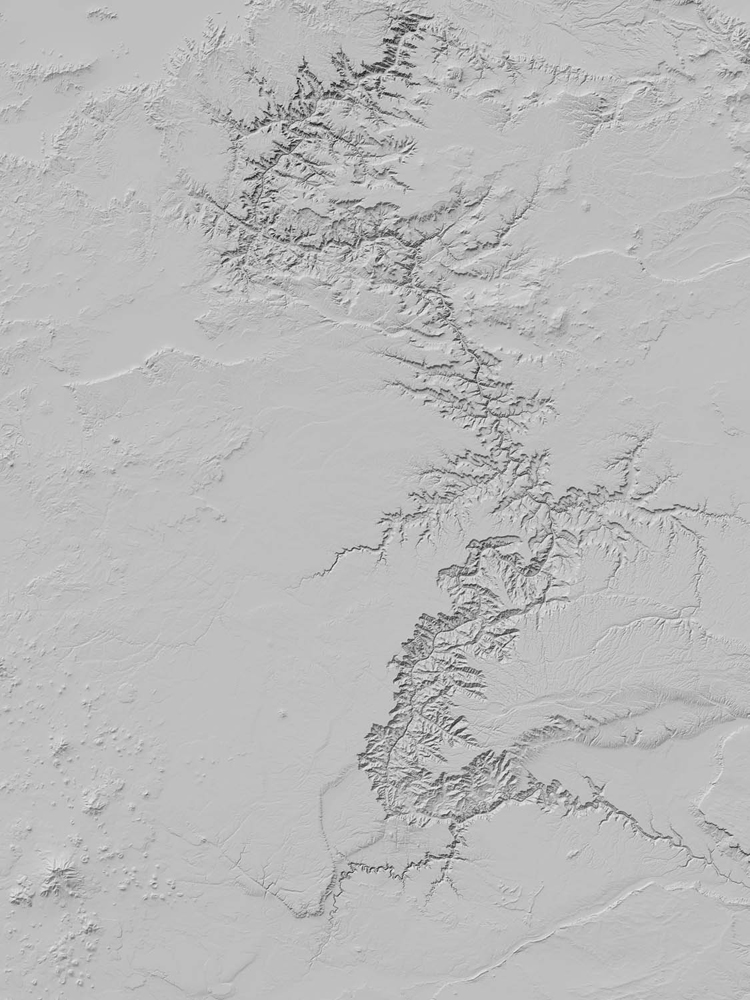


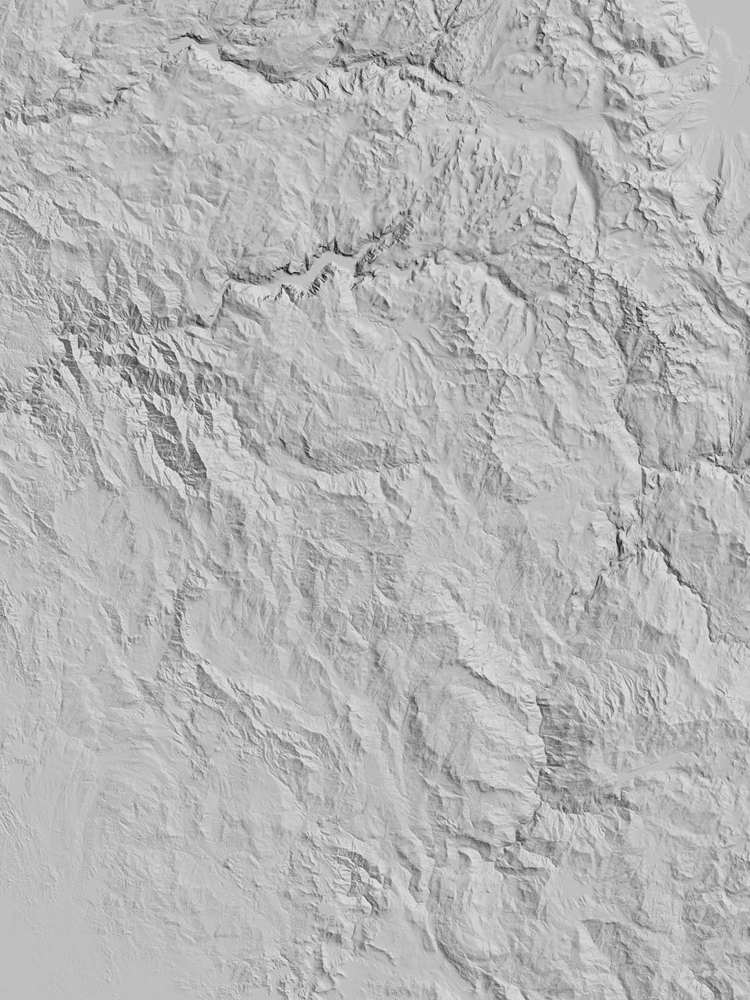
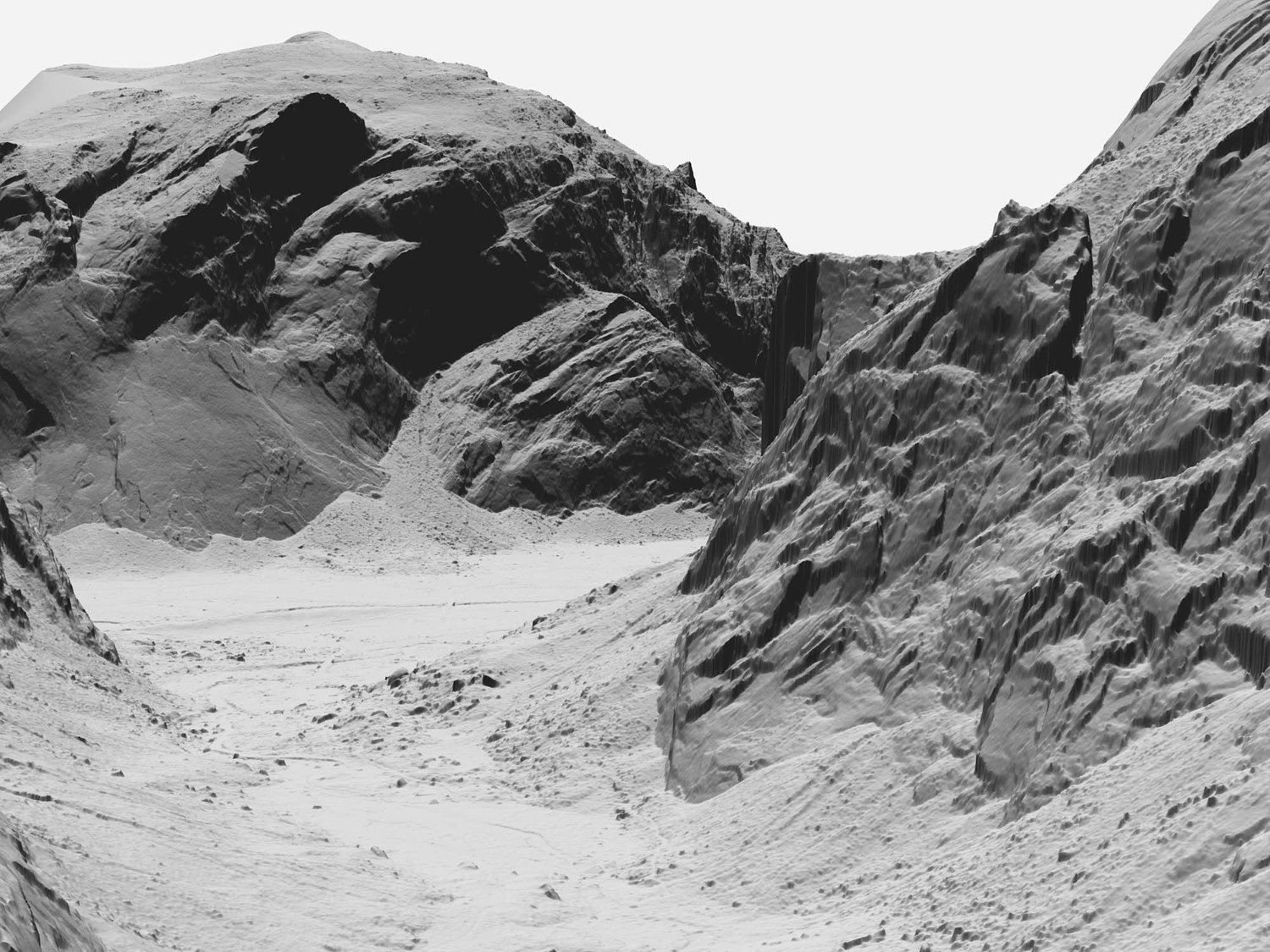
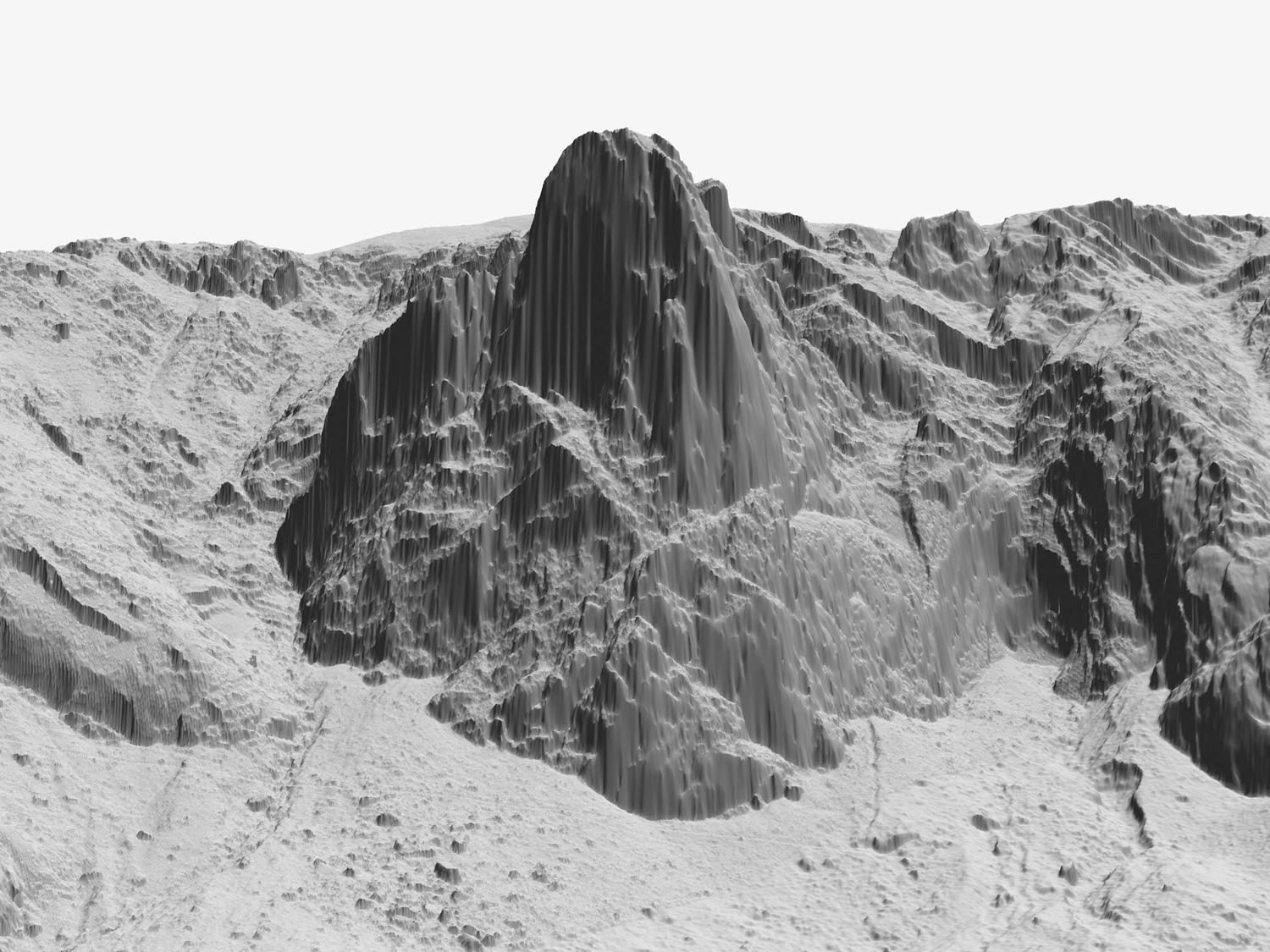
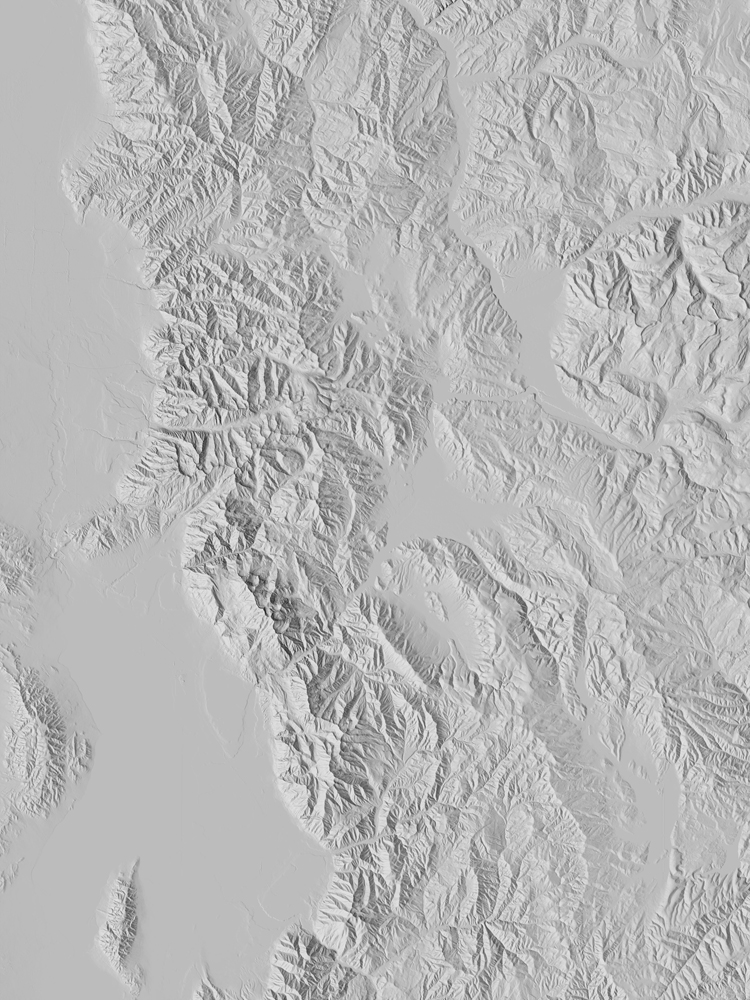
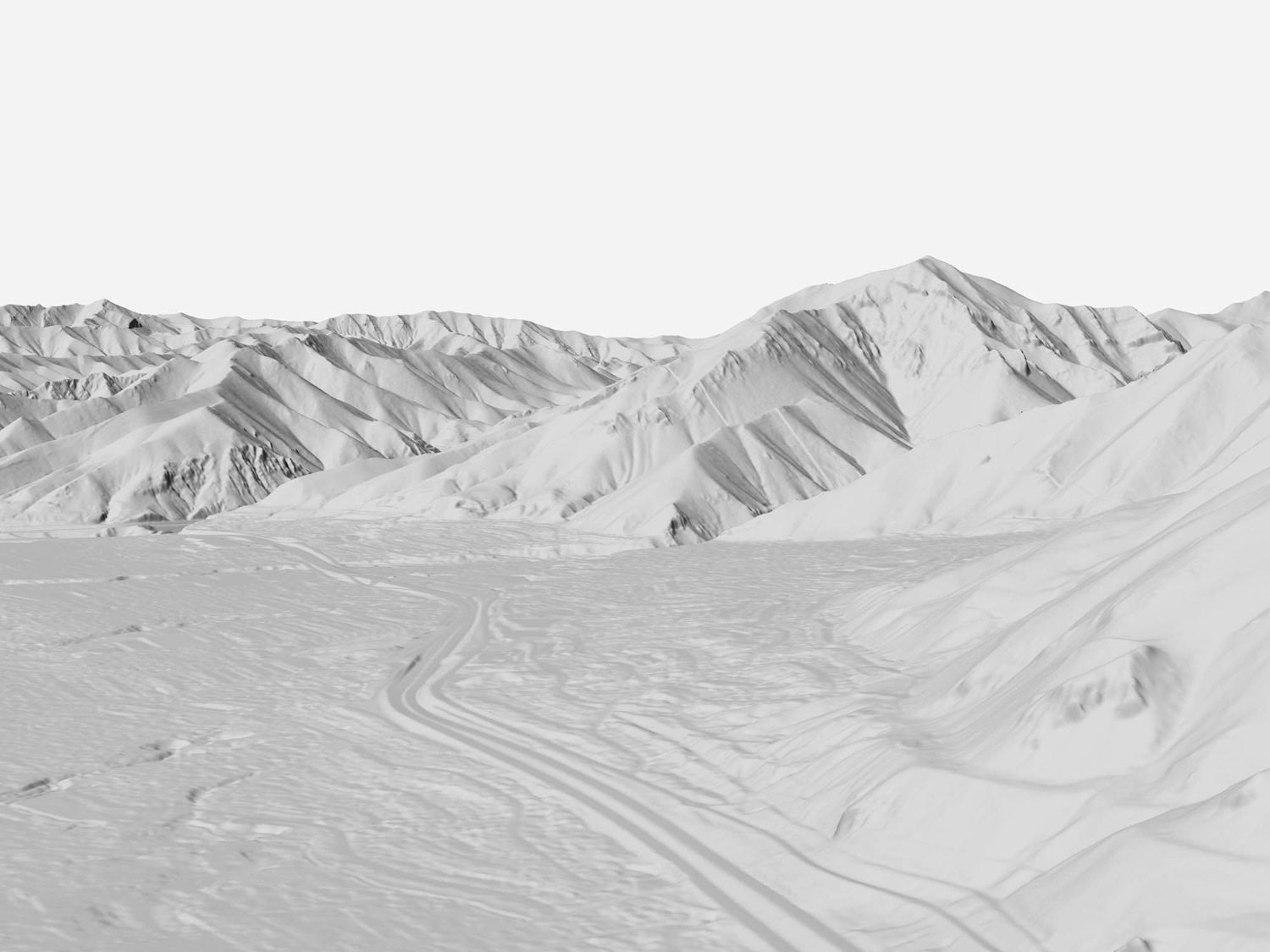
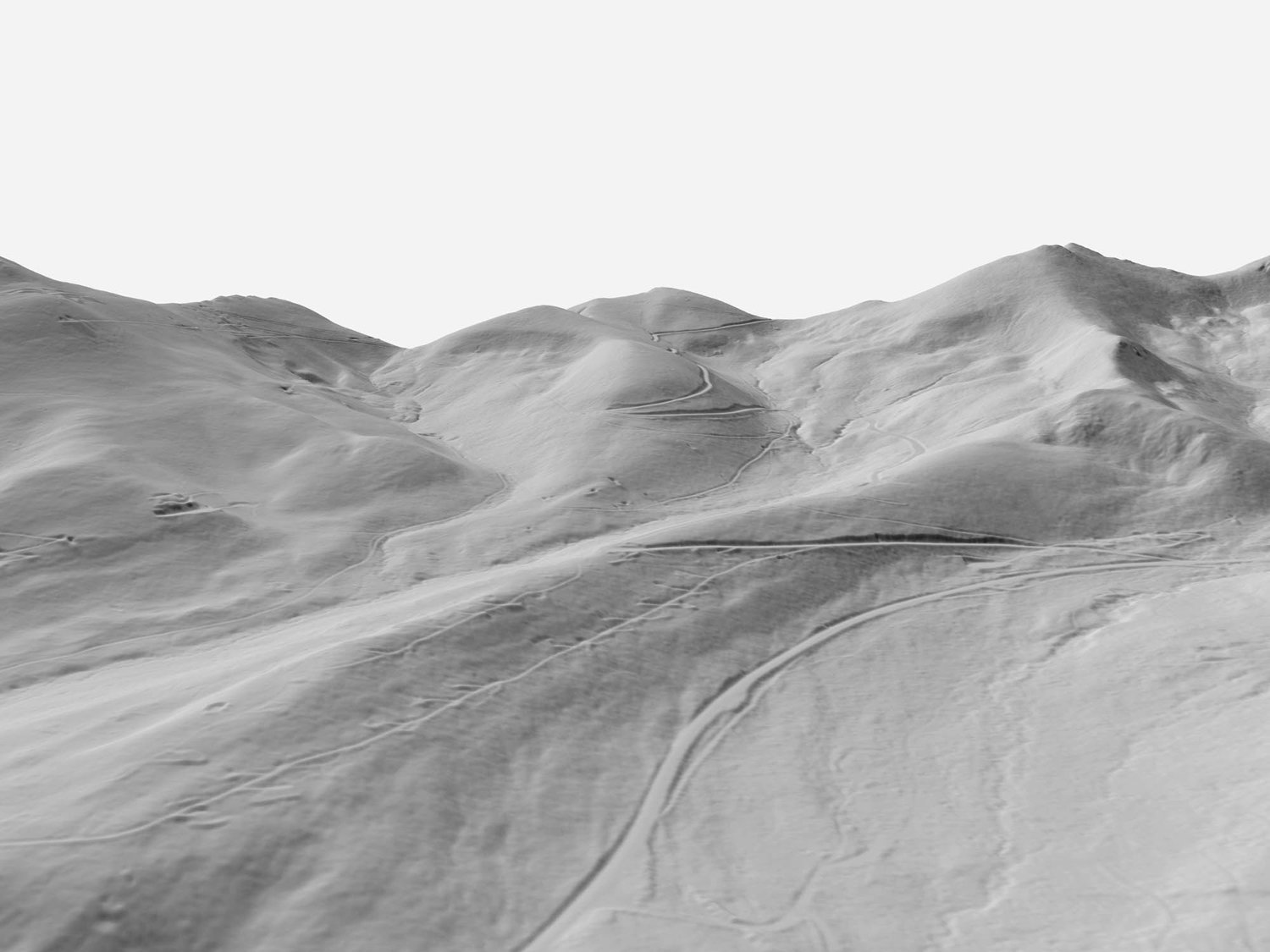



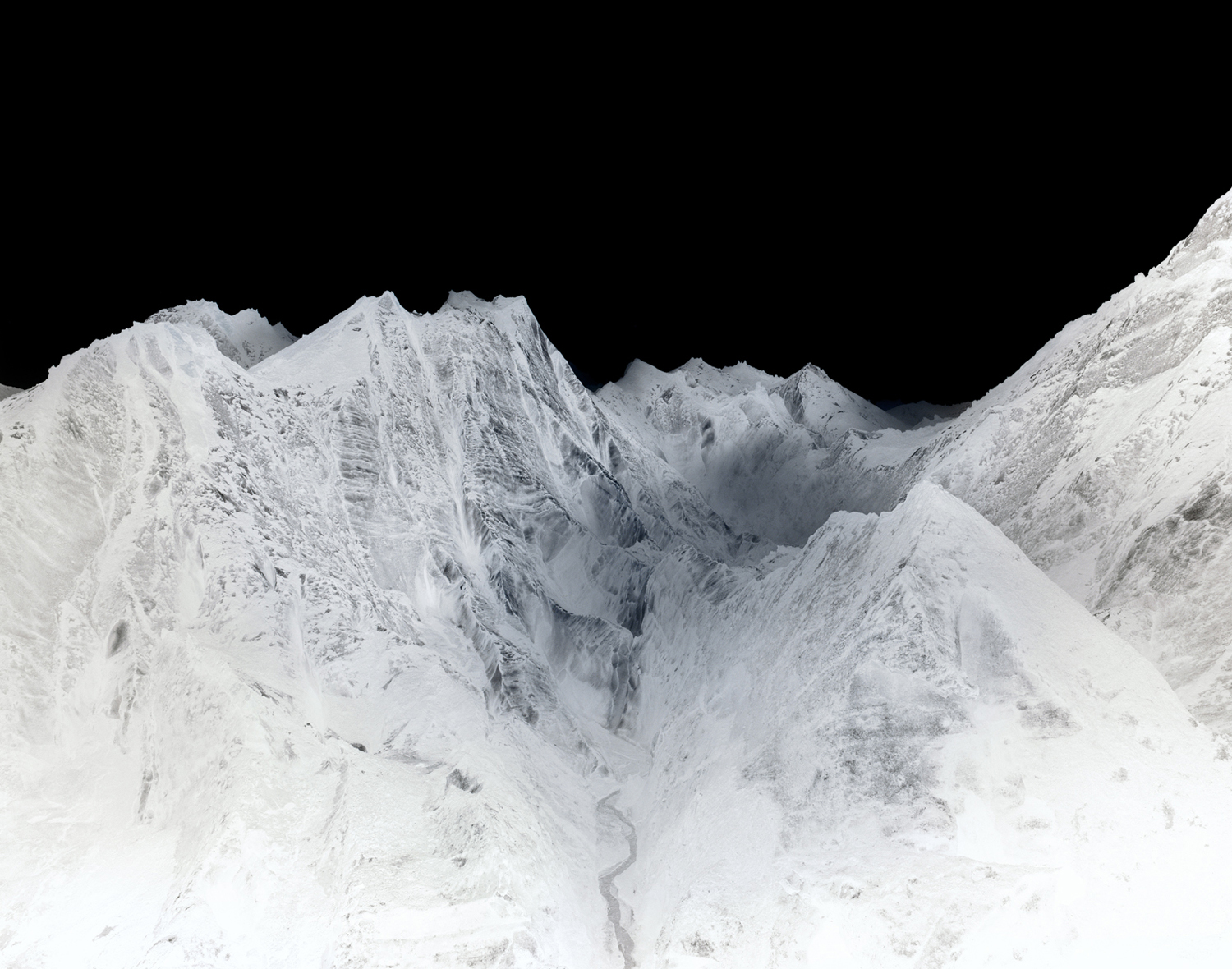
More Must-Reads from TIME
- Cybersecurity Experts Are Sounding the Alarm on DOGE
- Meet the 2025 Women of the Year
- The Harsh Truth About Disability Inclusion
- Why Do More Young Adults Have Cancer?
- Colman Domingo Leads With Radical Love
- How to Get Better at Doing Things Alone
- Michelle Zauner Stares Down the Darkness
Contact us at letters@time.com